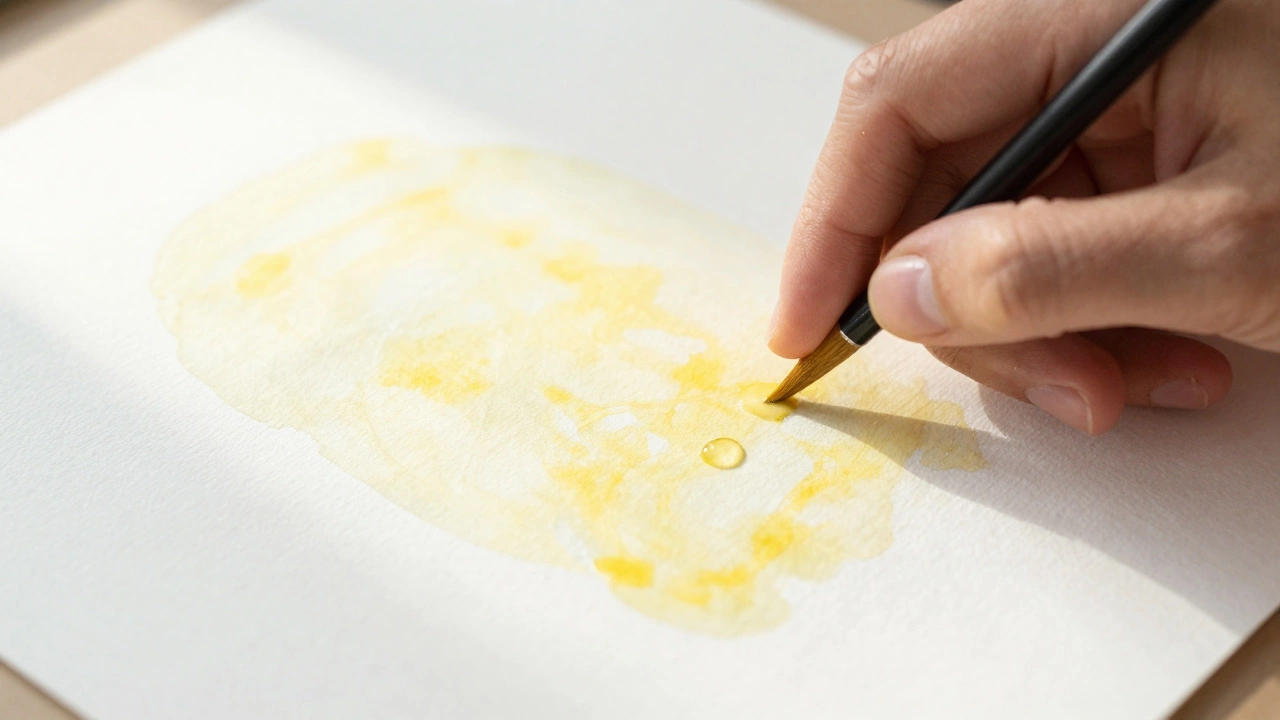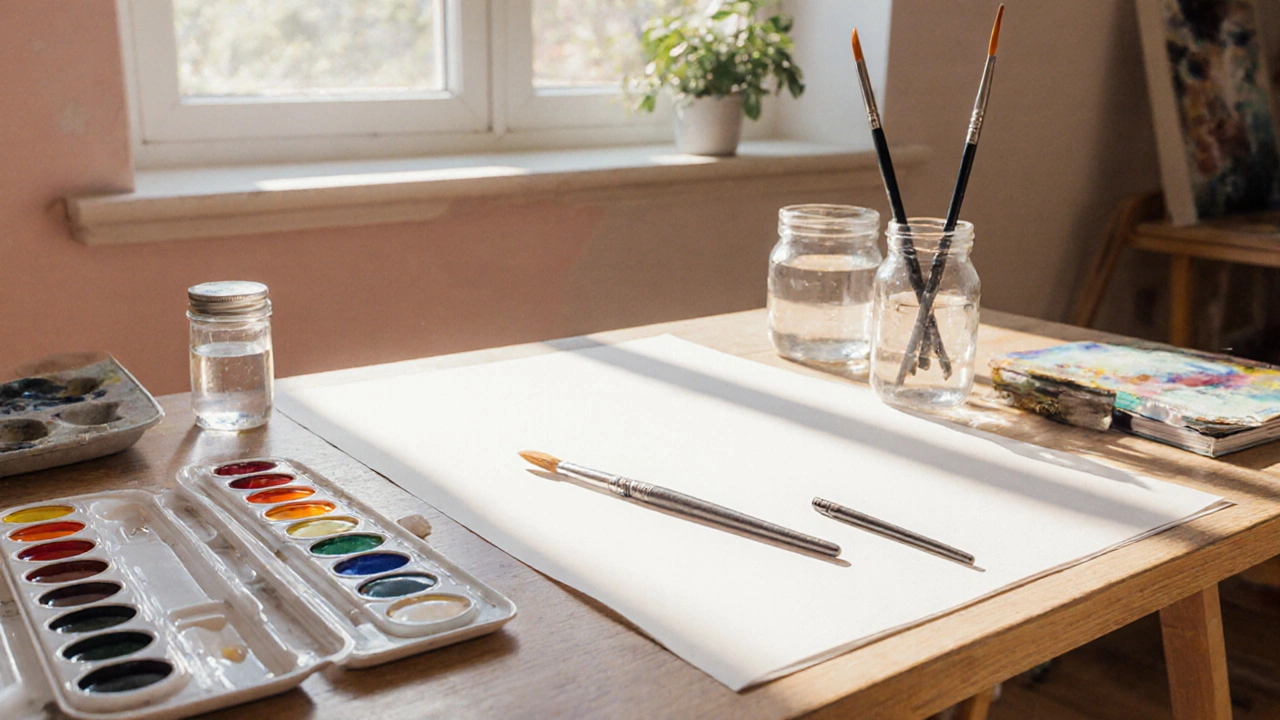Watercolor Techniques: Master the Flow and Color
When working with watercolor techniques, a collection of methods that guide how water‑based pigment behaves on paper, from transparent washes to layered glazes. Also known as wet media methods, it lets artists create soft gradients, sharp edges, and luminous depth without heavy paint. Watercolor painting is the broader practice that employs these techniques to produce finished artworks. Mastering the right approach means understanding how moisture, pigment load, and paper texture interact, which sets the stage for everything else you’ll try.
Key Tools and Materials That Shape Every Stroke
The quality of your results hinges on three core tools: brushes typically made from sable, synthetic fibers or a blend, each offering different spring and tip shape for wet‑on‑wet or dry‑brush effects, paper usually 140‑300 gsm, cotton‑based, and available in hot‑press, cold‑press or rough finishes, which affect absorption and texture, and pigments the color particles suspended in a binder; quality pigments provide brighter hues, smoother flow, and better lightfastness. Knowing the attributes—brush tip (round, flat, mop), paper weight (how much water it can hold), and pigment concentration (how saturated the color appears)—lets you match the tool to the technique you’re aiming for. For instance, a round sable brush excels at fine line work and controlled washes, while a large flat synthetic brush is ideal for bold, wet‑on‑wet backgrounds.
Beyond the basics, specific watercolor techniques like wet‑on‑wet, dry brush, glazing, and lifting become predictable once you pair the right tool with the right material. Wet‑on‑wet involves laying a wet wash on a wet surface, creating soft, blooming edges; it requires a high‑absorbency paper and a soft, well‑springy brush. Dry brush, on the other hand, uses minimal water on a relatively dry surface to produce textured strokes, best achieved with a stiff synthetic brush on a cold‑press paper. Glazing builds transparent layers on top of dry paint, demanding precise pigment ratios and a steady hand, while lifting lets you remove pigment with a clean, damp brush or a tissue to create highlights. These methods also echo ideas found in other media—like the glazing of oil paints or the layering of acrylics—showing that the principles of light, opacity, and surface preparation travel across disciplines. Whether you’re prepping for a gallery exhibition, sketching a portrait, or experimenting with abstract forms, the same logic applies: choose the technique, match the tool, and let the paper’s texture guide the final look.
Now that you’ve got a clear picture of what watercolor techniques involve, the tools that make them work, and how they relate to broader painting practices, you’re ready to explore the collection below. You’ll find practical guides on buying the right supplies, step‑by‑step breakdowns of popular methods, and insights that bridge watercolor with other art forms—all designed to help you move from beginner sketches to confident, fluid paintings.

